Essential Mountain Climbing Equipment: Tools for Adventure
Knowledge Base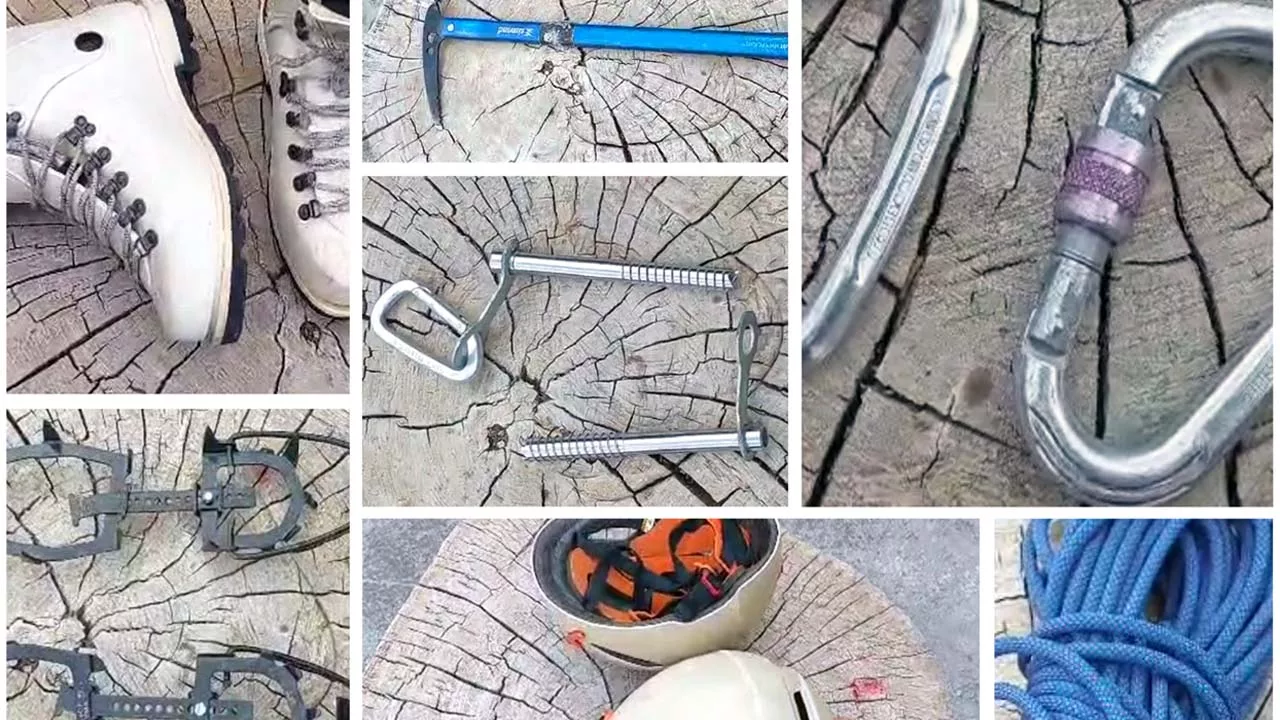
Embarking on a mountain climbing adventure requires proper gear to ensure safety, efficiency, and success. In this article, we explore a range of essential mountain climbing equipment that every mountaineer should be familiar with. From harnesses and carabiners to helmets and crampons, we delve into the functionality and significance of these tools. Join us as we uncover the world of climbing equipment and discover how these essential items can enhance your mountain climbing experience.
List of Mountain Climbing Equipment
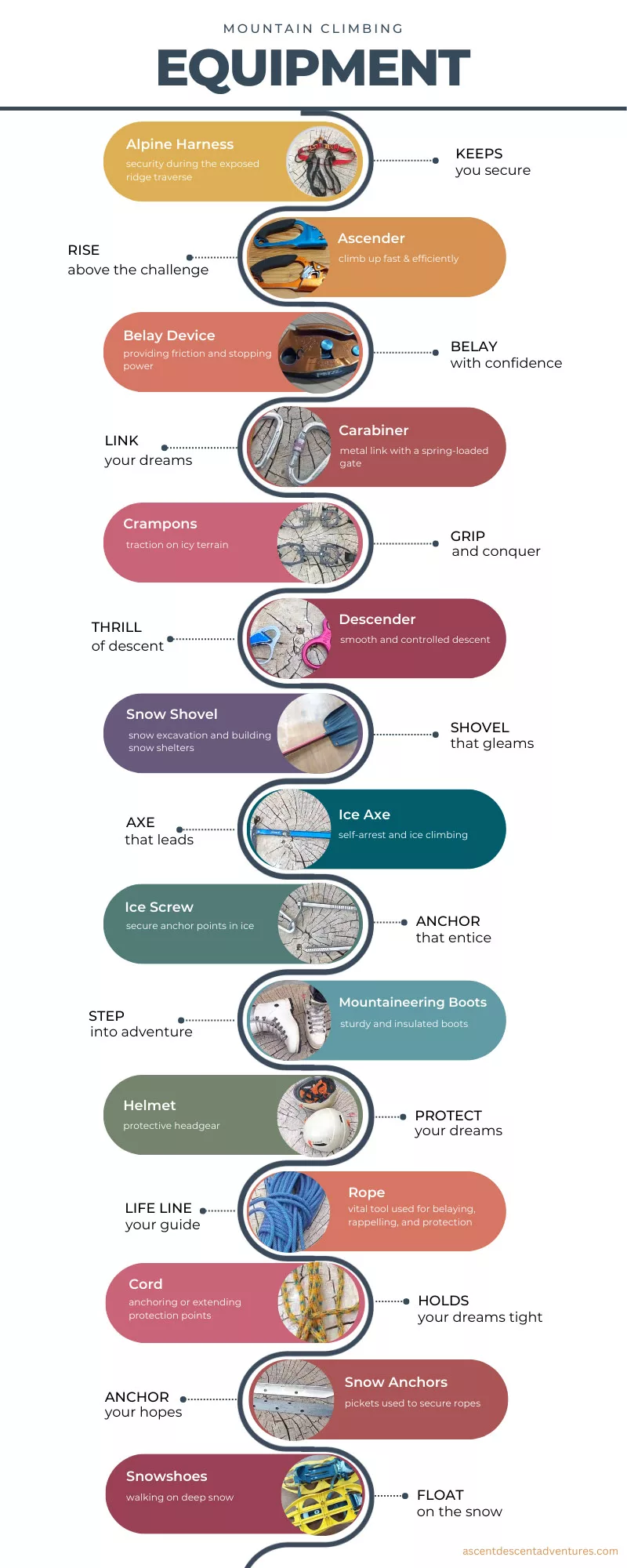
15 Essential Mountain Climbing Equipment:
1. Alpine Harness: “Scale new heights with a harness that keeps you secure.”
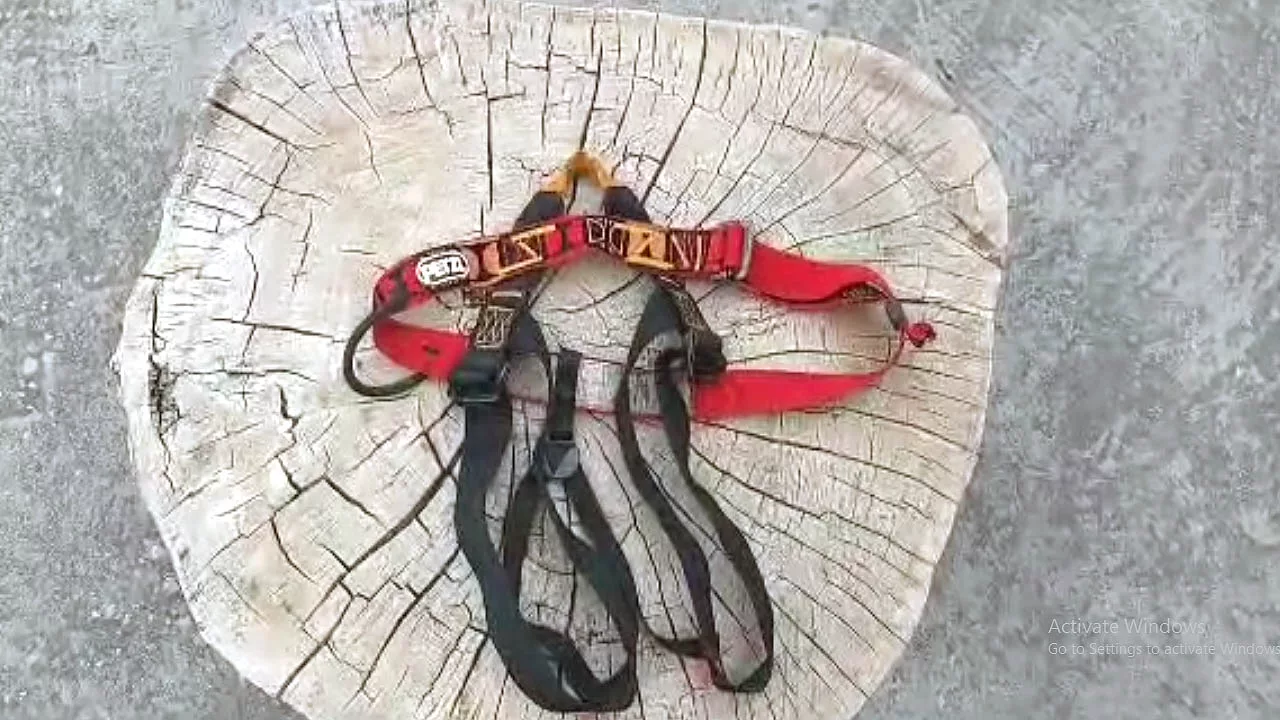
Seat Harness is a lightweight and versatile harness for alpine climbing. Usage: “The alpine harness provided comfort and security during the exposed ridge traverse.”
2. Ascender: “Rise above the challenge, ascend with an unwavering grip.”

A Jumar is a device used for ascending a rope, often employed in aid climbing or ascending fixed lines. Example: “Attach the ascender to the rope and use it to climb up efficiently.”
3. Belay Device: “Safety in your hands, belay with confidence, conquer the lands.”

Petzel belay device GriGri is a mechanical tool used to control the rope during belaying, providing friction and stopping power. Example: “As the climber ascends, the belayer carefully manages the rope through the belay device.”
4. Carabiner: “Link your dreams, trust the carabiners that gleam.”
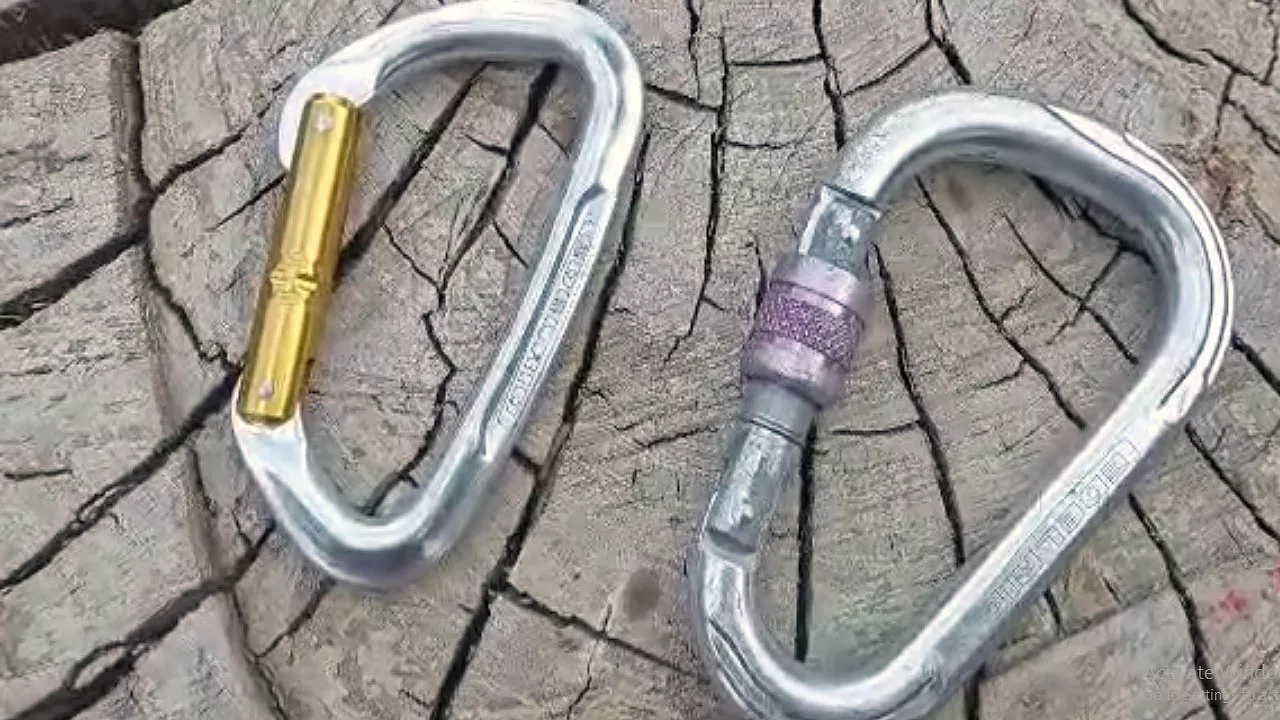
A Carabiner is a metal link with a spring-loaded gate used for attaching equipment to harnesses or connecting ropes. Usage: “Clip the carabiner to the anchor point to secure the rope.”
5. Crampons: “Grip and conquer the icy slopes with crampons that bite.”
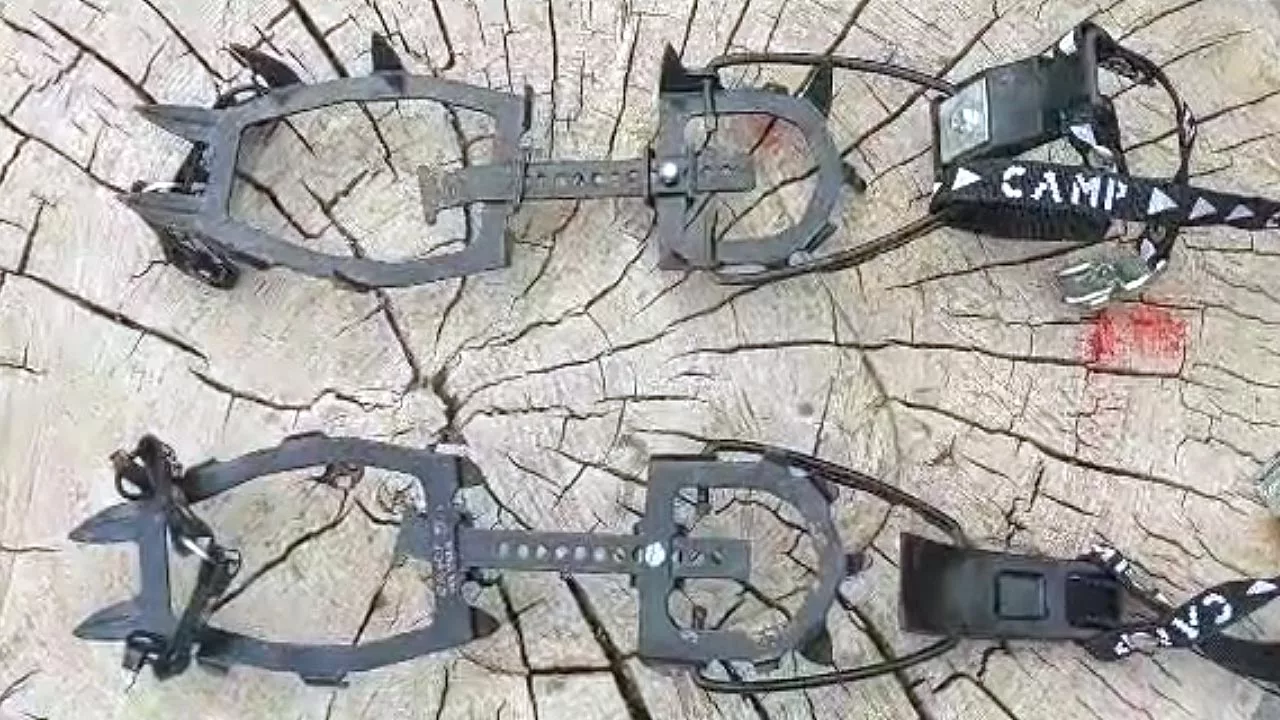
Basically, Crampons are metal spikes or cleats worn on boots for traction on icy or snowy terrain. Example: “Attach the crampons securely to your boots before tackling the icy slope.”
6. Descender: “Embrace the thrill of descent, let the descender be your key.”

A Descender (Petzel Reverso or Figure eight) is a device used for controlled descent on ropes, such as during rappelling. Usage: “The descender allows for a smooth and controlled descent down the cliff face.”
7. Snow Shovel: “Shape your winter dreams, with a shovel that gleams.”

A Snow Shovel is a lightweight, collapsible shovel for snow excavation and building snow shelters. Example: “We used the snow shovel to dig out a snow cave for overnight shelter during the winter expedition.”
8. Ice Axe: “Harness the power of ice with an axe that leads the way.”
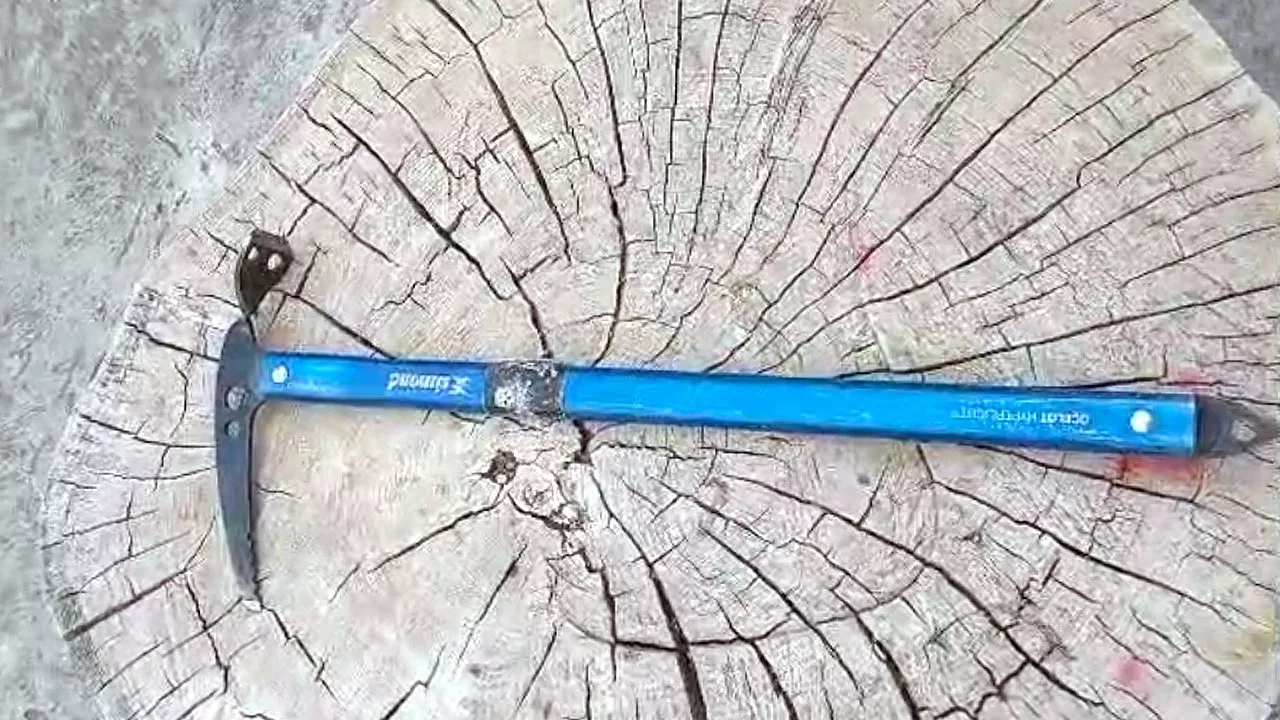
An Ice Axe is a specialized tool used for self-arrest and ice climbing. Usage: “The ice axe provides stability and control while ascending steep, icy sections.”
9. Ice Screw: “Solid as ice, anchors that entice.”
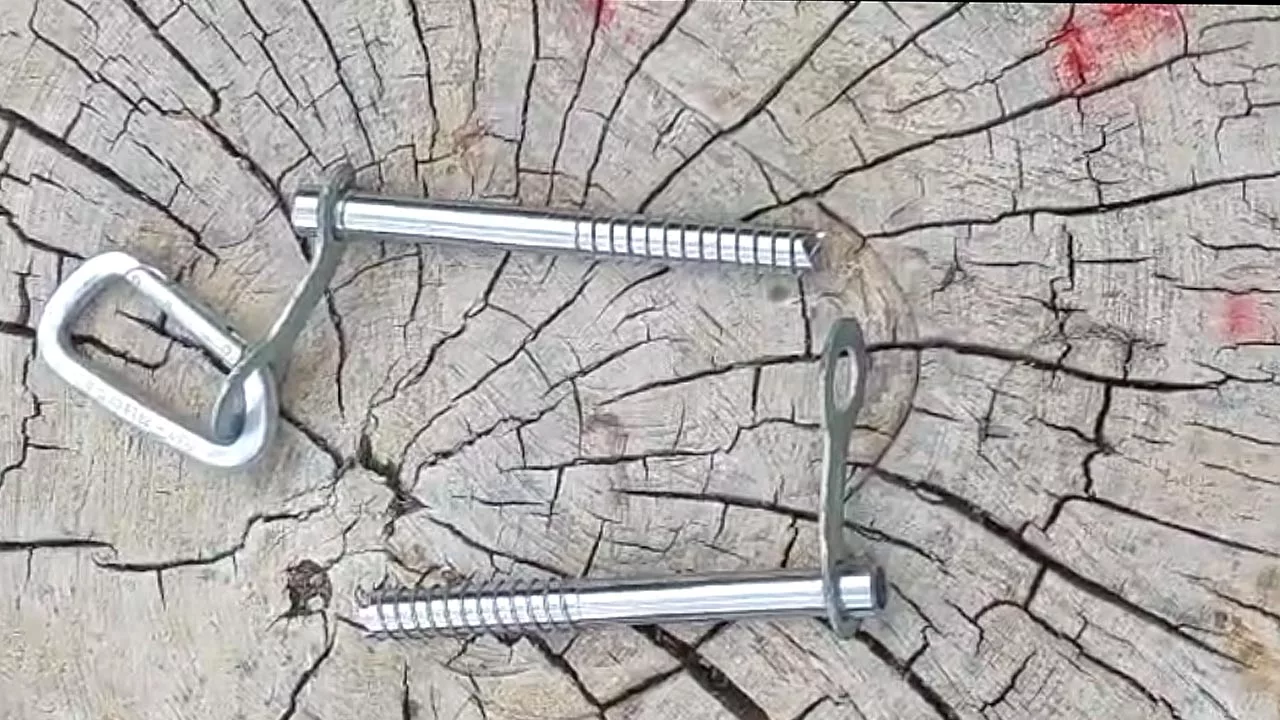
An Ice Screw is a threaded metal tube with a sharp tip used to create secure anchor points in ice. Example: “I carefully placed an ice screw into the ice wall, creating a reliable anchor for protection.”
10. Mountaineering Boots: “Step into adventure with boots built for the summit.”
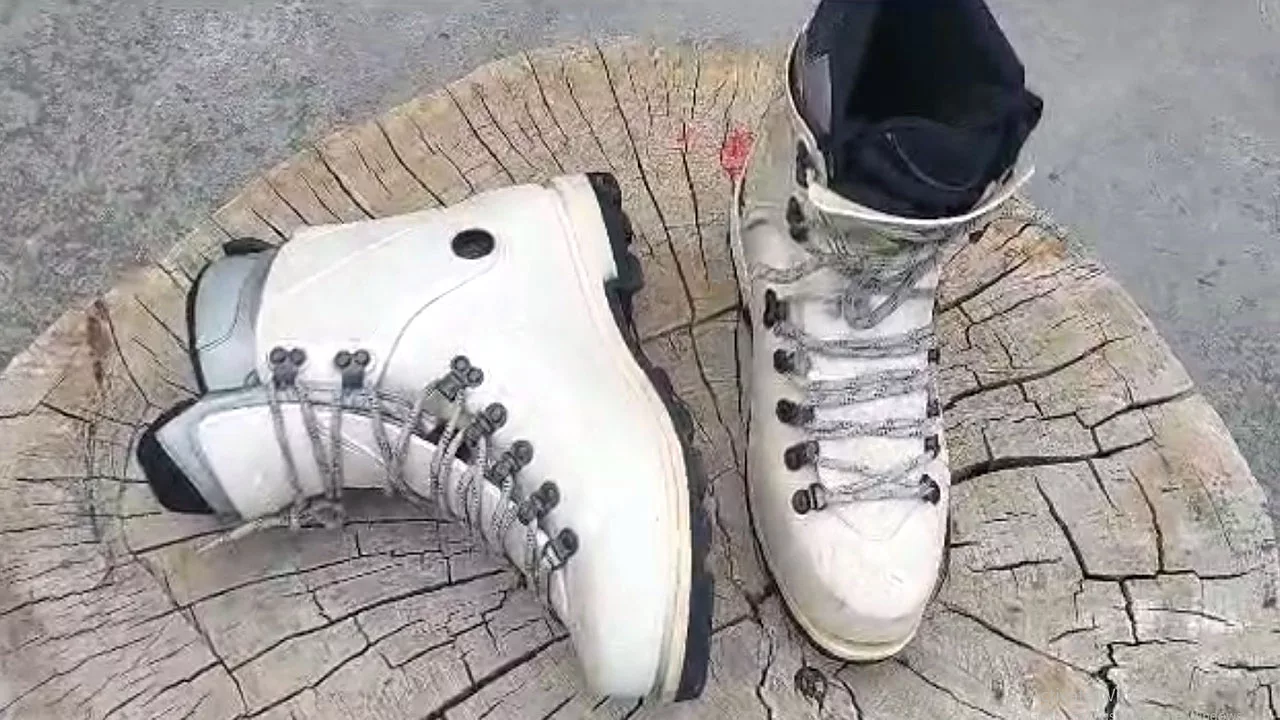
Chiefly Mountaineering boots are sturdy and insulated boots designed for mountain climbing. Example: “I laced up my mountaineering boots, ready for the long ascent.”
11. Mountaineering Helmet: “Protect your dreams, ascend with a helmet supreme.”
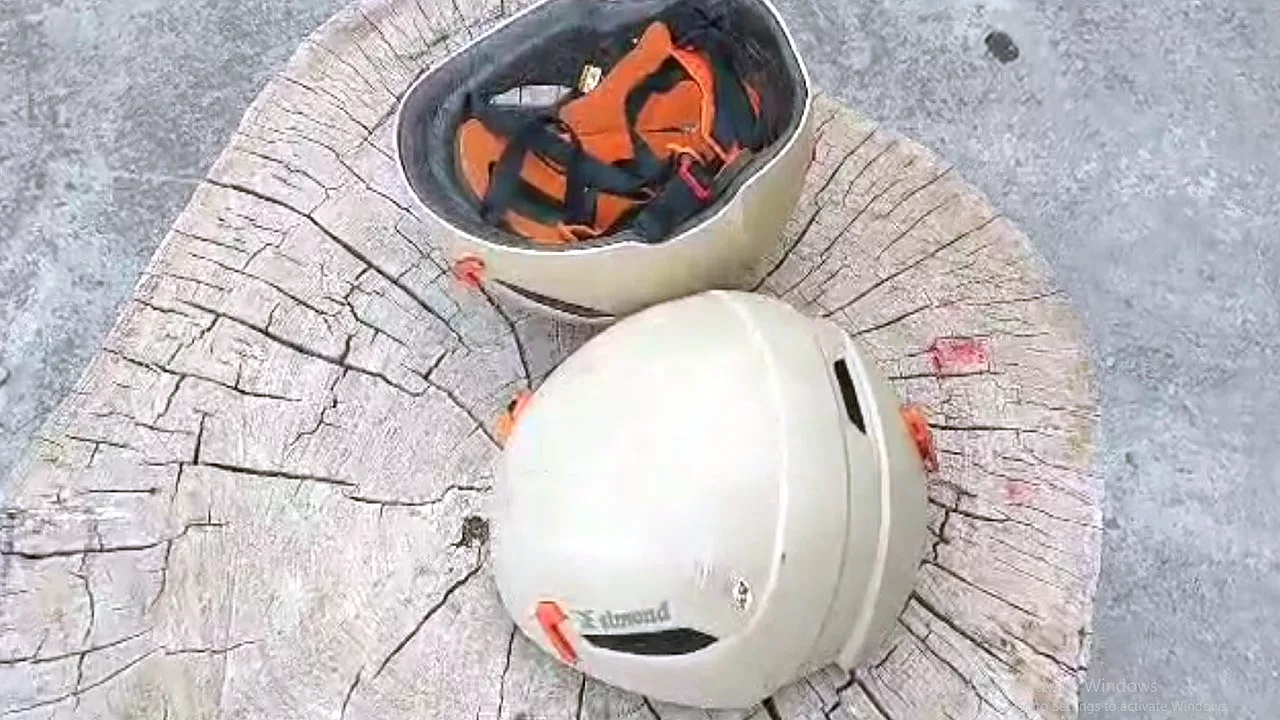
As we already know Helmet is a protective headgear designed to shield climbers from falling debris. Example: “Wearing a mountaineering helmet is essential for safety on rocky terrain.”
12. Rope: “Unleash your spirit of adventure, let the rope be your guide.”

A vital tool used for belaying, rappelling, and protection while climbing. Example: “Always double-check the integrity of the rope before starting the climb.”
13. Cord: “Light and strong, a cord that holds your dreams tight.”

A sling or webbing or cordage is used for various purposes, such as anchoring or extending protection points. Example: “Create an anchor by tying slings around solid features like boulders or trees.”
14. Snow Anchors: “Anchor your hopes, secure your way in snowy slopes.”

A snow anchor is a device like snow stakes or pickets used to secure ropes in the snowy terrain. Usage: “We placed snow anchors to create a safe belay point on the snowy ridge.”
15. Snowshoes: “Float on the snow, leave your tracks wherever you go.”

Lastly, Snowshoes are footwear with a wide surface area for walking on deep snow. Example: “With our snowshoes on, we glided effortlessly across the snowy meadow.”
Learn about Breaking Strenght of Equipment
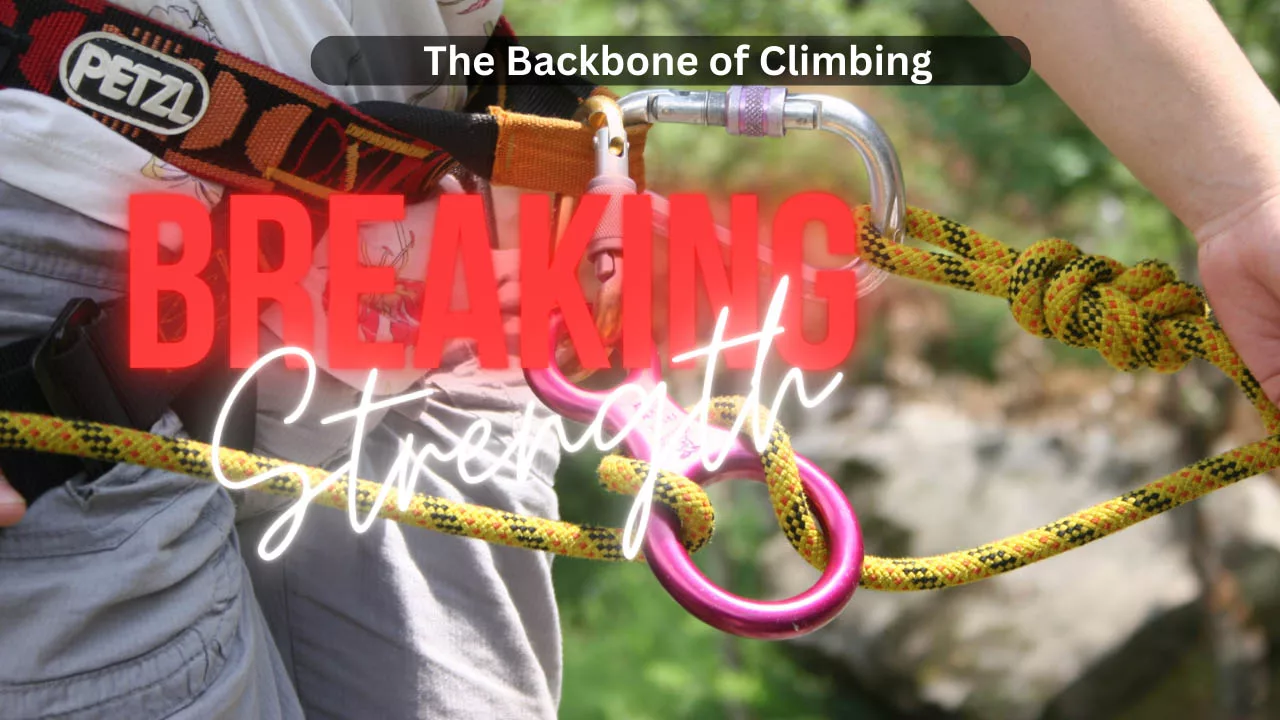
Final Words Climbing Equipment:
Our research study showed that over the past five years shows that mountain climbing and trekking accidents occur at a rate of 43%. And most accidents occur due to a lack of appropriate gear with inadequate training and equipment.
As you venture into the mountains, understanding and utilizing the proper climbing equipment can make a world of difference. From securing yourself with a reliable harness and carabiners to protecting your head with a sturdy helmet, each piece of gear plays a vital role in ensuring a safe and successful ascent. Additionally, it assists you in preventing catastrophic accidents in the mountains. So, next time you gear up for a mountain adventure, remember to equip yourself with the necessary tools that will enhance your climbing experience and enable you to conquer new heights with confidence.